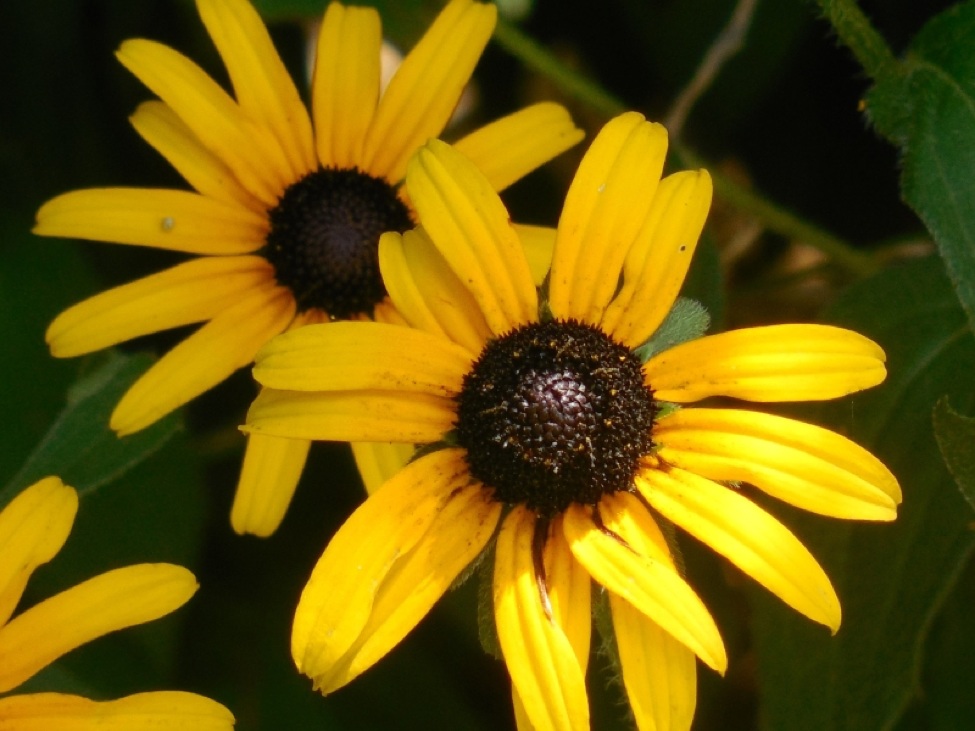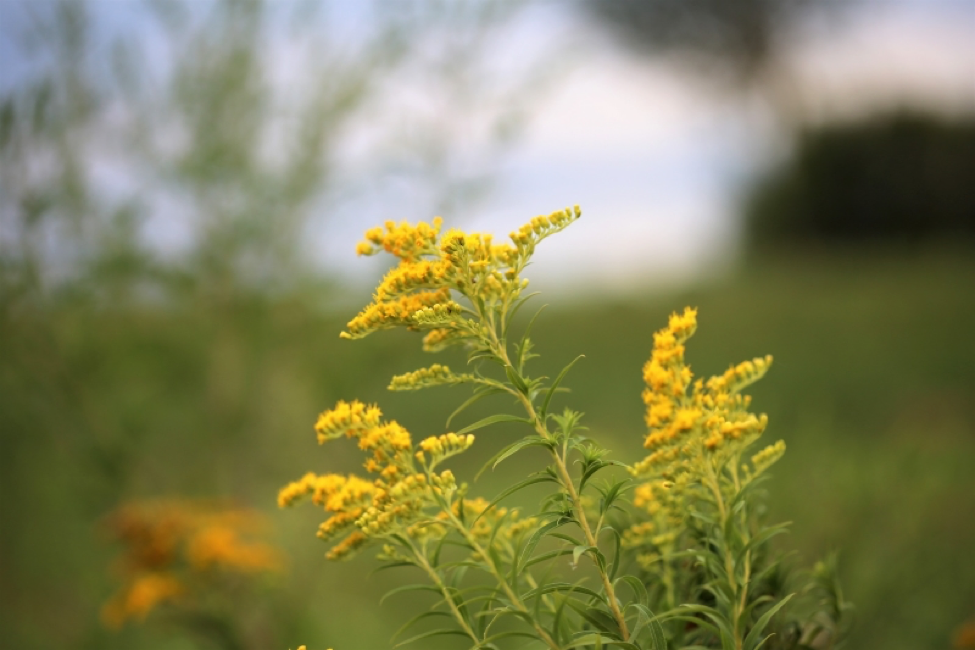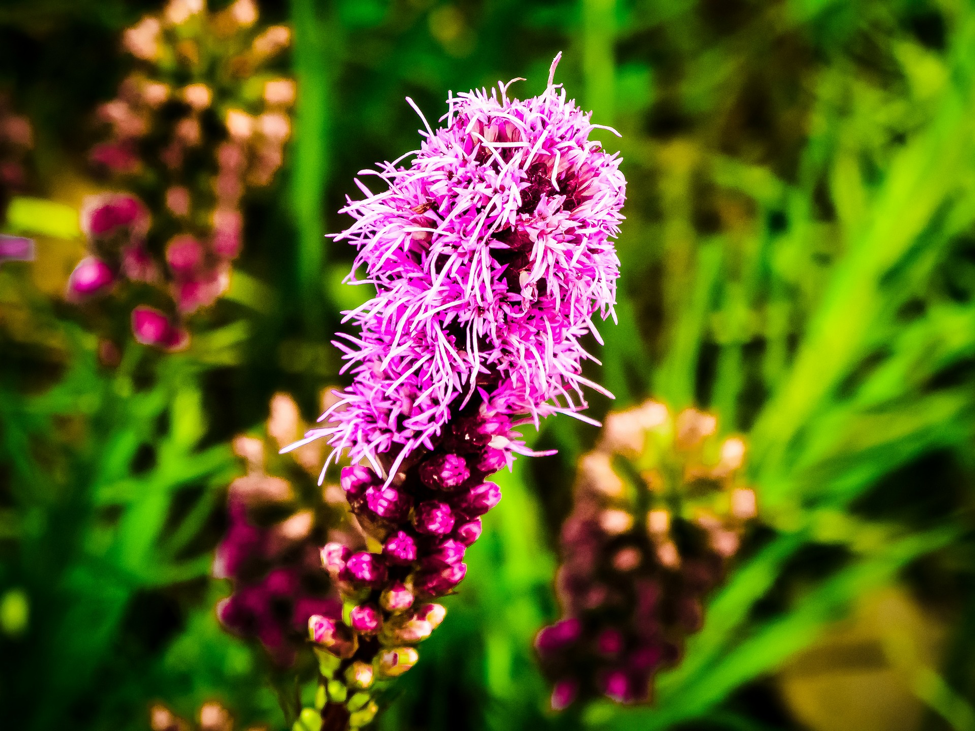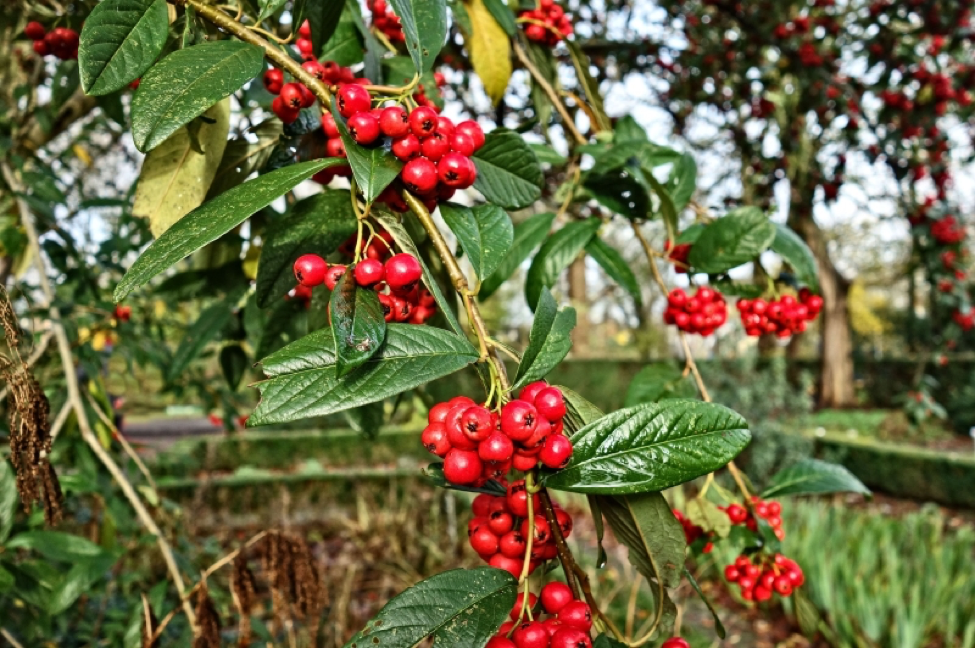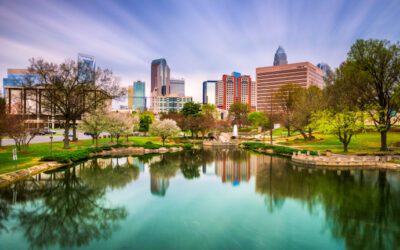Hundreds of native plants call Cleveland home and can be commonly found all around the metro area. Some can even be quite dramatic in their appearance and are easy for newcomers to spot. Newly moved transplants to the area will quickly see these plants growing in neighborhoods and communities as they all do well in the Cleveland climate.
These plants in particular, can grow in a wide range of soil types but most particularly love moist soil. Many plants native to Cleveland are naturally deer resistant which keeps them safe from the wide deer population. Butterflies and birds are often attracted to their fruit or blooms that correspond to varying midwest seasons.
Here are five plants that can add dramatic flair to any garden. Pick up a few and add them to the landscaping of your new home in Cleveland.
1. Black-Eyed Susan
- Scientific Name: Rudbeckia hirta
- Moisture level: Moist-Dry
- Sun light: Full Sun
- Height: 1-3 Feet
- Width: 2 Feet
- Coloring: Yellow Blooms
- Leaf type: Perennial
- Wildlife attraction: Bees, birds, and butterflies
Black-eyed Susans are a native wildflower that is commonly confused with daisies due to their bright yellow leafing and dark black centers. They can easily be spotted in fields or next to roads all around the Cleveland area. Black-eyed Susans are a great option for gardens as they are deer resistant and tolerate summer heat well. They are also quite hardy in that they can thrive in most soils, except soil with poor drainage, and are fairly drought tolerant. They attract bees and butterflies and can quickly add a beautiful punch of color to any landscape.
2. Goldenrod
- Scientific name: Solidago
- Moisture level: Moist
- Sun light: Full Sun
- Height: 2-4 Feet
- Width: 1-3 Feet
- Coloring: Yellow
- Leaf type: Dark green thick leaves
- Wildlife attraction: Birds, great for cuttings
Commonly mislabeled as a weed, Goldenrod is a yellow blooming perennial that oftentimes is blamed for pollen allergies. However, it is not the cause of fall allergies but is in bloom when ragweed releases its allergy causing pollen. Goldenrod simply gets the blame with its beautiful display of yellow blooms during the harvest season. It doesn’t spread easily and can stand up to subpar soil types. It is often seen on the sides of roads and can be a great option to prevent soil erosion. The beautiful display of chartreuse in the fall is easy to spot and adds to the gorgeous fall landscape.
3. Dense Blazing Star
- Scientific name: Liatris spicata
- Moisture level: Moist
- Sun light: Full Sun
- Height: 3-6 Feet
- Width: 1 Foot
- Coloring: Purple
- Leaf Coloring: Slender green leaves
- Wildlife attraction: Hummingbirds, bees, moths, and butterflies
The Dense Blazing Star, also known as Gayfeather, is an unusual perennial flower with dramatic height and interesting blossoms. Many puffy shaped blooms adorn the tall stem of the plant that explodes into tasseled light purple blossoms. The Dense Blazing Star is tolerant of the humidity and heat of Cleveland summers and can stand up to poor soils. It is a great addition to the corners of gardens and is easily spotted due to its dramatic height and tower of blooms.
4. Spicebush
- Scientific name: Lindera benzoin
- Moisture level: Moist
- Sun level: Shade – Full Sun
- Height: 6-12 Feet
- Width: 8-12 Feet
- Coloring: Pale yellow flowers and bright red fruit
- Leaf type: Deciduous
- Leaf color: Green
- Wildlife attraction: Butterflies such as the Spicebush Swallowtail, birds, rabbits, raccoons, deer
The Spicebush is a large shrub that blooms pale yellow blossoms in early spring. The blossoms flower to create a glossy red fruit. The Spicebush twigs and leaves are commonly used in teas and are quite aromatic. It can usually be spotted in heavily wooded areas and is a good indicator of quality soil. The limbs of the Spicebush are quite thin and give way to sporadic leaves. It is a great native shrub that can eventually take up a lot of space in a garden although it is a thin shrub that doesn’t seem so solid amongst other garden plants.
5. Winterberry
- Scientific name: Ilex Verticillata
- Moisture level: Wet-Moist
- Sun light: Full Sun- Shade
- Height: 3-12 Feet
- Width: 3-12 Feet
- Coloring: White Blooms with red fruit
- Leaf type: Deciduous
- Wildlife attraction: Birds
Winterberry is a deciduous holly that can easily grow in average soils that are medium to wet in moisture. They enjoy the full sun but can also be planted in areas of partial shade. Winterberry can tolerate soils that drain poorly as it thrives in wetter soil types. Wild winterberry will tend to grow into large thickets. Female plants that are fertilized will produce the signature red berries that usually last throughout the winter. White blooms will appear on new spring growth. Winterberry attracts birds that eat its red fruit throughout the cold season.
For more information about native plants, gardening, and lawn care in the Cleveland area, visit LawnStarter Lawn Care’s Cleveland Page .
